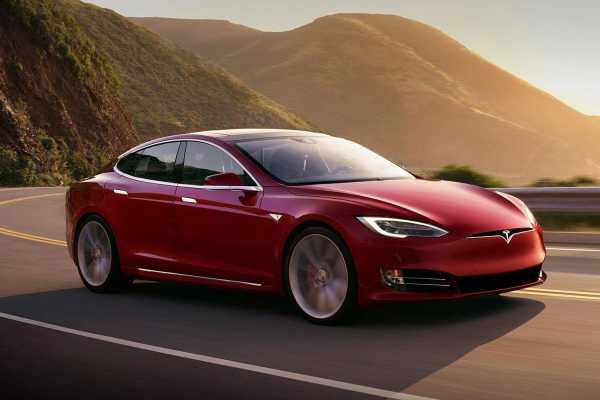Buying a Tesla is an important thing as it helps the environment basically. Besides it also helps to lower the batteries cost dramatically, thereby making renewable grid affordable. It was believed by many people a few years ago that Tesla electric cars were for the rich people as green-chic play toys and will not actually bring much difference. In addition to this many other articles also said Tesla was not much better to other gasoline powered cars with respect to total emissions.

The average Tesla car insurance cost per year is $2,450, based on the research. However, the policy price depends on the trim and model you choose, the driving history and your location, besides the coverage amount. Tesla`s are very expensive to insure than other luxury cars owing to their high repair costs that escalates the collision coverage cost.
Insurance Cost on a Tesla
The auto insurance cost for a Tesla varies significantly depending on the trim and model. There are other factors also taken into consideration while accounting the Tesla insurance cost. This includes the driving history, coverage amount, and location.
Based on the research, the 2018 Tesla that was the cheapest to insure was the Model 3, and the Tesla car that was most expensive to insure was the Model S.
The Tesla insurance cost changes with model, but the owners also should consider the potential impact that it will have on different trims. Choosing the vehicle does not mean all the insurers give quotes based on the trim.
However, the insurers who take into account the trim, will notice that the vehicle cost, acceleration, and other features of the vehicle translates into different premiums. For instance, a Tesla S model with 75D trim enjoys lower insurance rates in comparison to the same model with P 100 D trim.
This happens because the later vehicle replacing cost is more, and the starting cost is $ 50,000 approximately higher, while it accelerates in 2.5 seconds 0 to 60 mph in comparison to the former that takes 4.2 seconds.
Why people are attracted to electric cars?
There is no doubt that Tesla`s are themselves class quality cars and there is increased demand now for the electric vehicles. In fact, the combination of various factors has made Tesla cars appealing to the population in different stages.
Tesla may be credited with its rising popularity for the electric vehicles. There is awareness rising about these vehicles and it reveals the fact that it means to the consumers and the environment.
It presents a combination of an electric vehicle that is looking stylish and how it is outstanding in comparison to other electric models.
There are a few practical reasons to consider electric vehicles:
- Wider availability to charge and this offers more convenience.
- Improved technology
- Innovative and advanced styling
- Reductions in costs with the supply to meet demand
- A desire to do more for the planets benefit
The safety factor
Tesla cars offer most advances autonomous and safety driving features, thereby making them attractive to customers.
Consumers are now giving more importance to the safety factor in the cars they drive and this makes the car makers to respond in the models that are equipped with safety technology. These features are available as additional upgrades and it means higher price tag.
EVs in 2019
In 2019, there are significant developments in the market of electric vehicles to the existing models. Though, it may not be a huge make or break year in 2019 for EVs, there will be some new developments pointing towards technology being able to enter the mainstream.
There will be significant launches and this will surely include a range of EVs in affordable segments as evidenced by the Hyundai Kona, Kia Sould EV, and Kia Niro EV, all promising a charge range of over 250 miles.
The models from Hyundai, Nissan, and Kia have lower starting price in comparison to the Tesla`s Model 3 that has now a $45000 as the starting price. In fact, the company assures to drop the cost to $35000. Tesla has been working through Model 3 backlog orders, thereby making it tougher to project entry-level Tesla car demand amidst the rising competition.
For Tesla and others, the federal tax credit for EVs will be the crucial point and an important test of their majority consumer appeal. It is expected of the tax credits to be phased out as automakers will cross a 200,000 electric vehicles sales threshold. Tesla and GM are the only two companies having crossed this threshold.
The tax credit of Tesla’s is cut in half and it will be halved in six months again before disappearing totally for six months after that,” said DeLorenzo. “If Tesla and GM are able to sustain the EV sales momentum minus the federal tax break, it is perfect and promising for electrics.
If not, it means there are needs to be tech breakthroughs and there will be lower costs before EVs can become competitive truly using conventional internal combustion engine vehicles.”
The phase-out of tax credit also makes it tricky to assess the consumer demand for the electric car models owing to the staggered phase-outs nature.
There are plans to ban the petrol and diesel cars by 2040 in the UK and it means the internal combustion engines will disappear and will be replaced by electric battery-powered vehicles. The aim is limiting the nitrogen oxides limit in the atmosphere that is a risk to public health.

